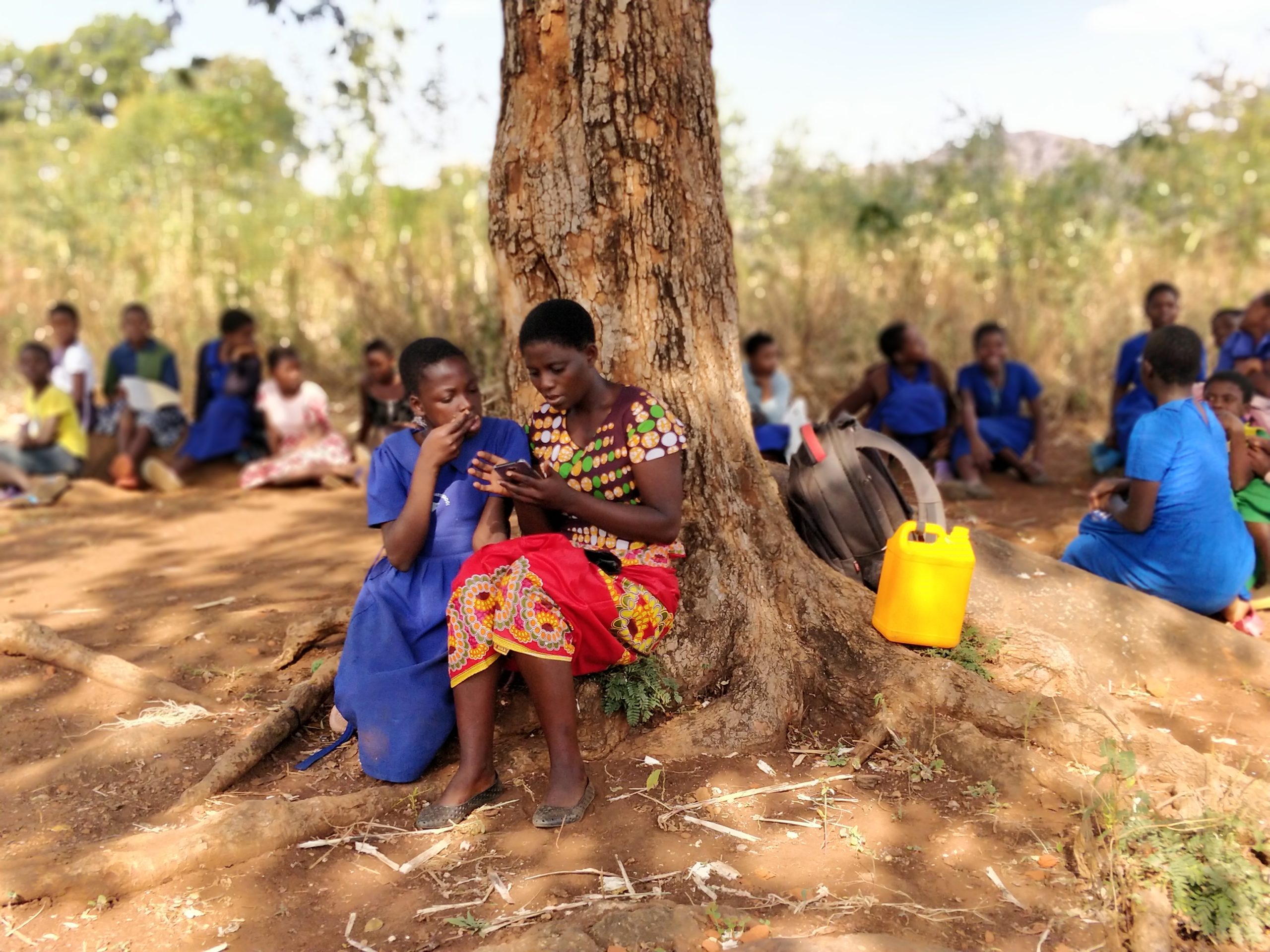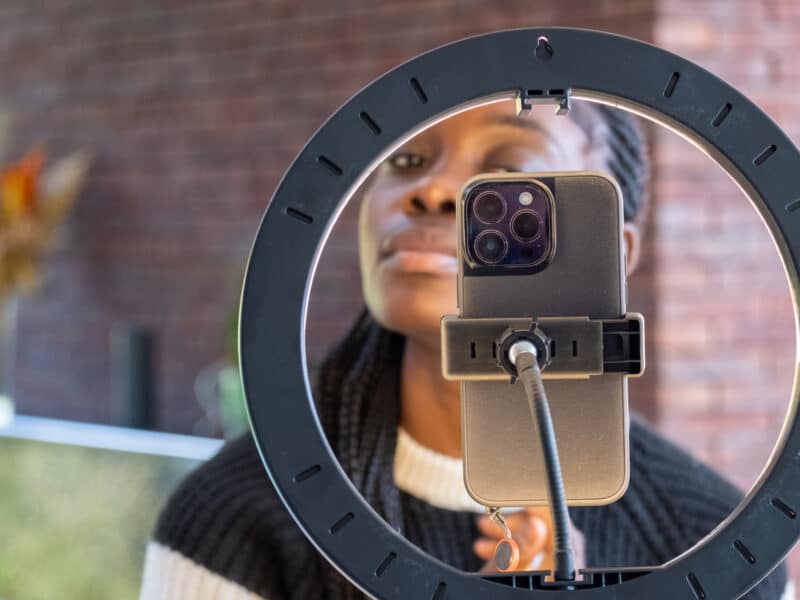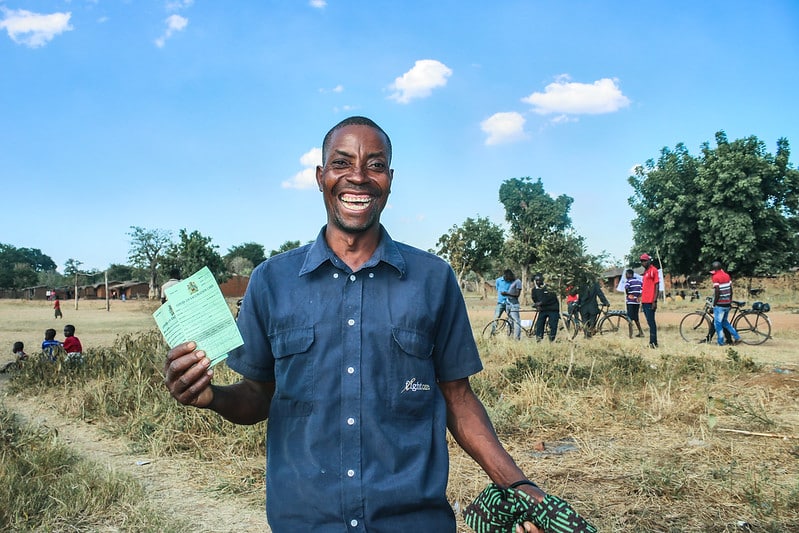Here’s how it used to work in Malawi:
Community health workers would fan out with paper questionnaires to ask people about their potential risk for HIV, in order to prioritize those in need of testing. Long lines of people would be waiting and health workers would feel pressure to get through as many evaluations as possible as quickly as possible, opening the door for human error. With each completed questionnaire, health workers would manually have to determine, using a complicated set of instructions based on national guidelines, whether that person should be tested.
Here’s how it works now:
Health workers, armed with smartphones, would ask those same questions to find the best candidates for HIV testing. But now the smartphone’s software, doing those complicated time-consuming calculations that humans used to do, spits out an immediate answer. If the individual is at high risk for HIV, the health worker can test him or her on the spot.
“It’s quick and it’s easy. It reduces work for health workers and improves the client’s experience at the same time,” says Thomas Ofem, a senior technical advisor for the Johns Hopkins Center for Communication Programs’ One Community project. “It’s making decisions in real time and getting results.”
Says CCP’s Dana Loll, senior technical advisor for research, monitoring, evaluation, and learning in Malawi: “Our strategy for getting people tested used to be more generalized. Now we have a simple way to only test those at the highest risk, using our resources to reach only the most vulnerable as it is not feasible to test everyone because of the cost and resources involved.”
The objective for CCP’s USAID-funded One Community project in Malawi is to prevent new HIV infections and provide home-based case management for vulnerable populations, particularly children, who test positive. In a country where approximately 10 percent of the population – as many as 1.8 million people – are believed to live with HIV, being tested is the first step in slowing new infections as people who know they are infected can be treated.
The new smartphone assessment tool has been rolled out over the past several months, with the goal of improving the quality of the services provided by One Community.
The project is also using a similar approach with its eligibility algorithm for enrollment in its Go! Girls clubs. The clubs are support groups for girls ages 10 to 24 who are married, pregnant, have children or are otherwise at high risk for HIV. Each club has about 15 girls, with more than 20,000 girls enrolled across southern Malawi, who are given social and economic skills to try to avoid HIV infection or to live healthier lives if they are already infected.
These girls are no longer screened using pencil and paper either. Using smartphones, workers ask the girls a series of questions and the “back end of the software automatically calculates who is eligible based on a pre-programmed algorithm,” says CCP Monitoring Officer Amanda Berman, who did much of the programming. Eligible girls are immediately enrolled in a club and told when and where to show up for the first meeting.
“In the United States, this technology is as common as filling out a BuzzFeed quiz to find out which cartoon character you most identify with, but here we can make a real difference in rural, resource-limited settings where health workers, let alone the general public, don’t typically have computers or smartphones,” Berman says. “It reduces the time and mental burden for health workers who would otherwise have to manually determine eligibility, which can be quite complicated. In turn, this minimizes error and improves efficiency.”
Loll says that the girls screening tool found that 95 percent of those who were evaluated were vulnerable and qualified to be enrolled in Go! Girls clubs. This led researchers to wonder whether the tool was not sensitive enough or whether the community groups who were mobilizing girls for screening were just doing a really good job on their end.
To find that answer, they took the tool door-to-door. There, they found that 91 percent of those who were screened were eligible to be enrolled in Go! Girls.
“It really speaks to the level of vulnerability here in Malawi,” Loll says. Many of the people One Community reaches, she says, suffer from food insecurity, are orphans, live in households headed by children, are economically insecure – many of the factors that can put them at risk for becoming infected with HIV.
Says Ofem: “These tools have streamlined the process of getting the most-at-risk people tested for HIV, and for enrolling the most vulnerable girls into Go! Girls clubs. We think other programs should consider tools like this that move away from paper and allow the computer to do some of the heavy lifting.”




